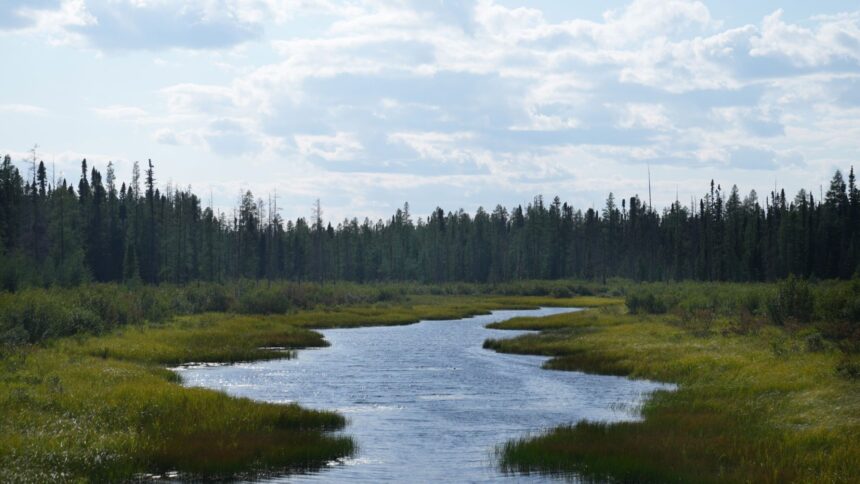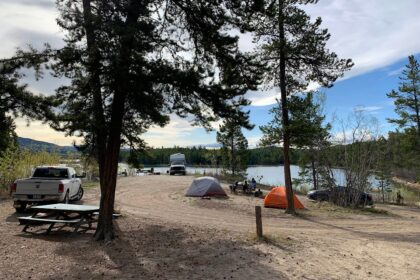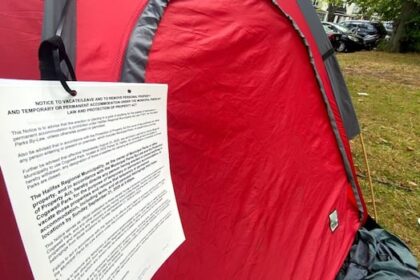Chief Gary Quisess of Neskantaga First Nation in northern Ontario wants to know where they fit in the government’s plans to build roads and railways to the Ring of Fire. Ontario and Alberta signed memorandums of understanding this week to explore building a railway to connect northern mines to processing facilities in the south. While the governments want to advance development of resources, they are at the same time calling on the federal government not to reintroduce Bill C-61, which would make clean drinking water on First Nations a reality. That request came in a joint letter between Ontario and Alberta environment ministers to federal minister, Julie Debrusin on June 30. Several dozen First Nations in Ontario are now calling for the resignation of Todd McCarthy. “Where do we fit? For example, the boil water advisory-when are they going to work on that? It’s been 30 years already and here they want our resources? I don’t think that’s going to happen because we’re not even included in the planning,” Quisess said in an interview with APTN News. “It’s not going to work if First Nations and the public are not involved.” Quisess said he can see the protest camp in between Neskantaga First Nation and Attawapiskat growing as opposition to development also grows. The two nations joined forces to set up the encampment to make a political statement that they want to be consulted before any further development and mining happens in the mineral-rich region. The camp was established soon after Bill C-5 was fast-tracked through the House of Commons and the similar Ontario Bill 5 was rammed through the provincial legislature. Ontario’s legislation gives cabinet the power to suspend provincial and municipal laws in so-called “special economic zones” in order to speed up projects such as mines. Premier Doug Ford has said the Ring of Fire would be the first such zone. Both Neskantaga and Attawapiskat First Nations reside on the Attawapiskat River some 450 kilometres apart, along the waters that have provided life and sustenance for generations. They plan to live off the river and the land once entrenched in their camp near the Ring of Fire. Quisess said the government’s push for development is hypocritical in the face of the 30 year boil water advisory on Neskantaga. The nation has been waiting for a new water treatment plant and replacement of the nursing centre that flooded in the spring. But he said there doesn’t seem to be a plan by the government to complete either infrastructure project. All this at a time when Neskantaga, like many other First Nation communities are battling a drug epidemic. “This is a country where First Nations people agreed to share the land with the settlers. The way we’re treated today is not right, it’s a hidden genocide,” Quisess said. “Both levels of government campaigned that Canada is not for sale. And here, they turn around and eat their words-they want to sell the resources. It’s not fair.” The premiers of Alberta and Ontario held a news conference at the start of the Calgary Stampede to unveil their MOU’s which also include plans to study an energy corridor. Quisess said the premiers should expect pushback from impacted First Nations across several treaty territories. “We’re not opposed to development. We want to be part of it where we can have some wealth from these developments,” Quisess said. As for free, prior and informed consent, as laid out in the United Nations Declaration on Indigenous Peoples (UNDRIP) Quisess said “consultation for us is we should have a talk. And for the government, I think it’s sending a little email.” “That’s not the way we should be operating in Canada.” Quisess said the encampment on the Attawapiskat River will remain in place all summer. Around 20 youth and a rotating group of adults are manning the camp. With files from the Canadian Press Continue Reading
As governments push development agenda, First Nations are dealing with a hidden genocide, says Neskantaga chief

Leave a Comment










